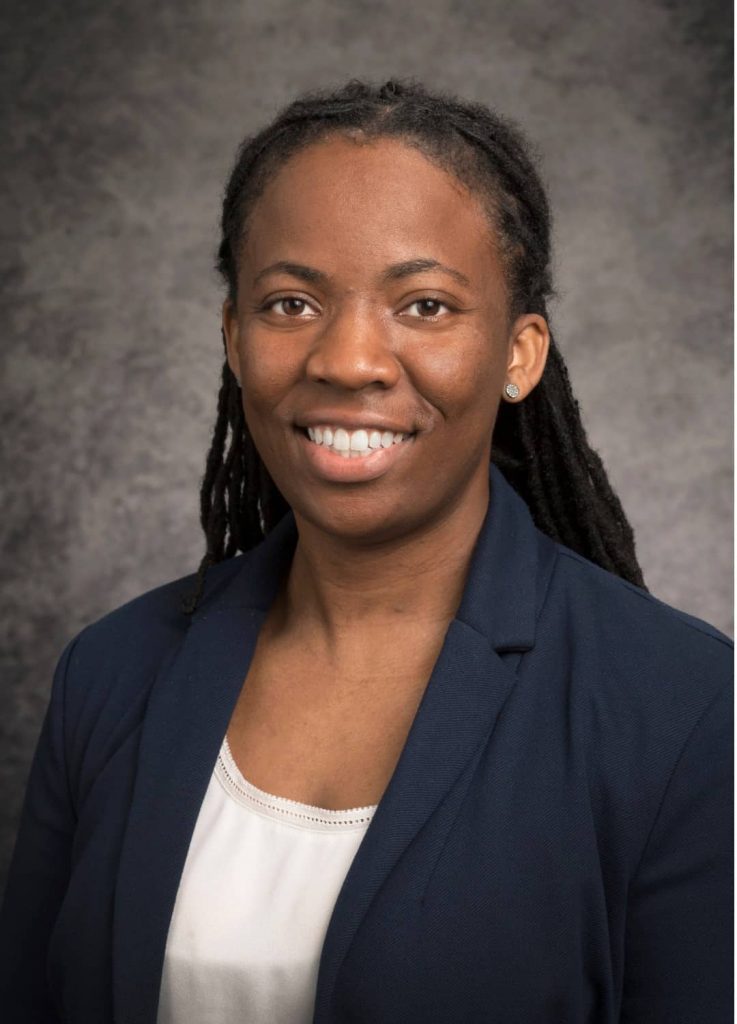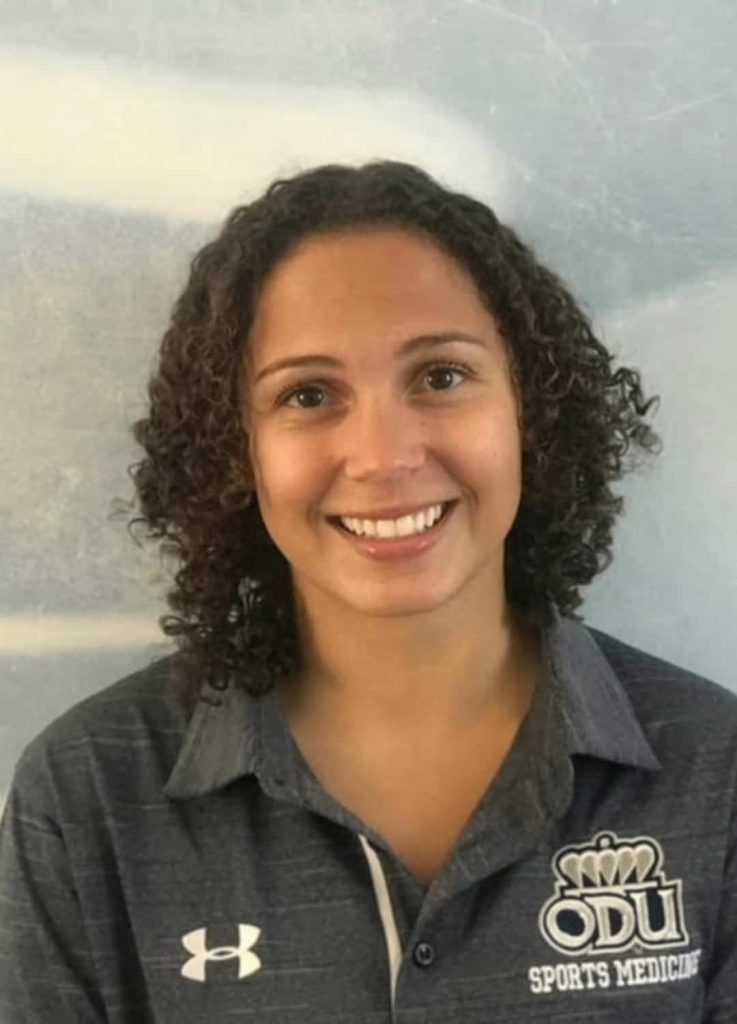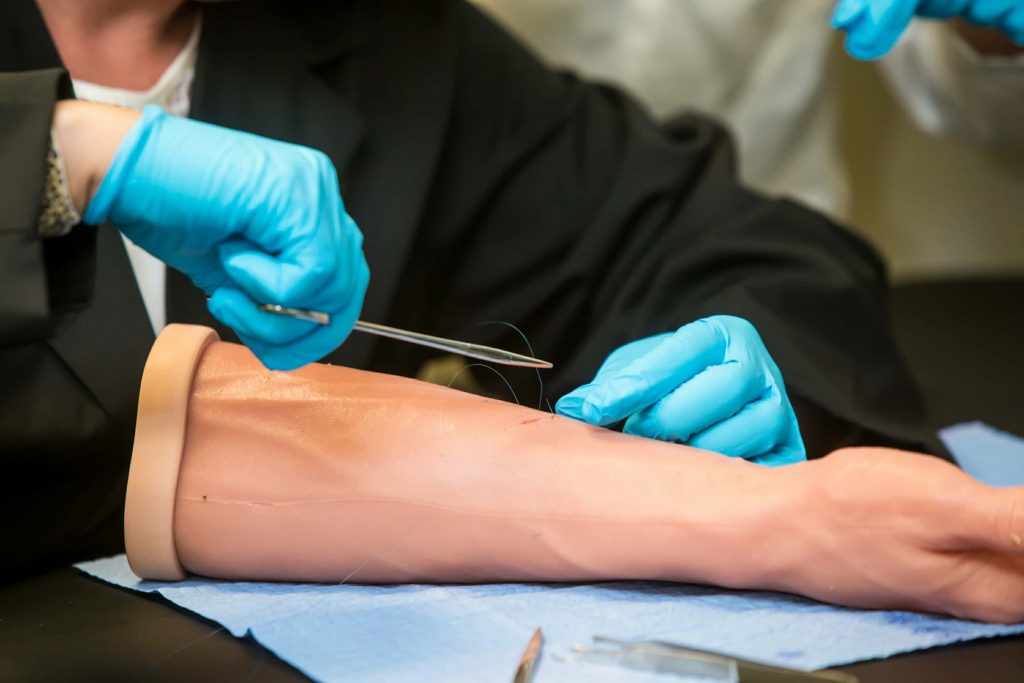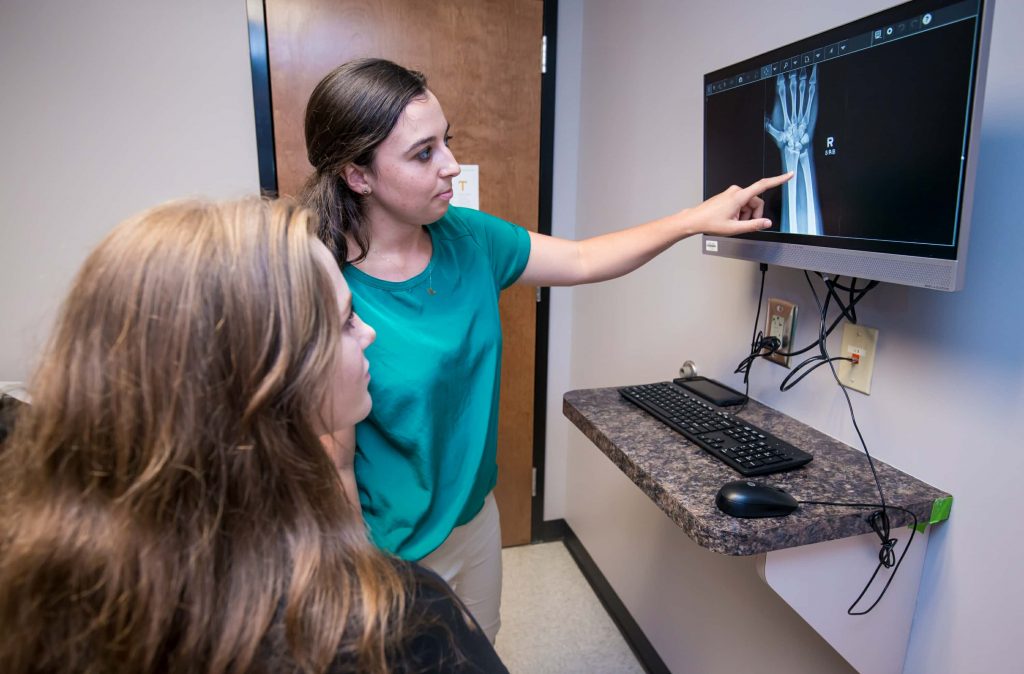A residency in athletic training features mentored clinical practice combined with structured educational programming for ATs who want additional expertise in a focused area. Residencies, accredited by the CAATE, are typically 12 to 24 months long and are paid positions.
Today we speak to J’Nai Pittman, Director of the Emory Sports Medicine Residency at Emory Healthcare, and Janelle Prince, a recent graduate of the Emory Sports Medicine Residency, as they share their perspectives on residency programs.


Introduced to Athletic Training Residency through an established interest and an unexpected experience
J’Nai developed her interest in athletic training after tearing her ACL during her freshman year of high school as she was deeply fascinated by the components and process of her post-op rehab. She always had a love for sports and for helping people, so she found a way to combine her two biggest passions into one — athletic training.
As she advanced in her athletic training career, she had the opportunity to meet different mentors and hear unique stories from their experiences. This broadened her knowledge of the diverse opportunities available as a residency-trained Athletic Trainer. J’Nai completed the Emory residency in 2014-15 and now is the Director for that same program.
Janelle was pursuing a master’s program in Athletic Training without an intention of joining a residency program until halfway through her first year at graduate school when a physician from her alma mater presented on the surgical anatomy of the shoulder.
The presentation immediately piqued her interest. She quickly realized how being in a residency program could set her apart and prepare her to contribute to the physician practice setting more than rooming patients.Under the physician’s guidance, Janelle started to explore potential residency programs.
Inside the day to day life during and after residency program
All residents in the Emory program complete a research project. Janelle studied different anterior cruciate ligament (ACL) grafts – or the tissues used to replace the ACL – comparing patient outcomes associated with different tissue types.
For the patient-care portion of her residency, Janelle provided pre-operative preparation and assisted the surgeons during procedures. Post-surgery, she checked in with patients to follow up on things like medication use and physical therapy appointments.

In her role as the Athletic Training Residency Director, J’Nai works with patients in a typical AT capacity and provides leadership to the athletic training residency. In her AT role J’Nai supervises clinical staff at a sports medicine clinic. She works with and learns from a strong team of ATs while mentoring residents and collaborating with other healthcare providers. As director of the residency program, J’Nai designs and implements the educational program that combines structured learning experiences with mentored clinical care.
Being in a residency program is a challenging yet rewarding experience
Janelle had a five-week orientation before getting into her first rotations with her surgeons and other physicians. It was tough, challenging, and overwhelming at times, but also rewarding.
“I was really struggling because I was having imposter syndrome. I cannot believe I am here. I cannot believe I am doing this. I do not know what I am talking about,” Janelle says.
However, as opportunities presented themselves, Janelle was recognized for her efforts, gained confidence, and found enjoyment in her work.
“Every day I would wake up and I was excited to go to work. I felt like the work I was doing was making a difference and I was good at it. Every few months, even maybe once a week, I would wake up and just say “wow, I love what I am doing. This is where I am supposed to be,” Janelle says.
“I think the biggest obstacle I had to overcome was being okay with making mistakes; moving slowly and doing my best not to make any mistakes, but always moving forward”.
Eight months into her residency program, Janelle started to do independent work with having less mentor oversight.
“If I made a mistake, then I made the mistake with all the support around me and having my mentor and physicians be there and correct me,” she says.
Early in the residency, mentors pay close attention to the residents and try to understand each person’s learning style and preference for feedback. Then they know the best way to teach and guide the residents moving forward.
“You will make mistakes and you will make those mistakes in front of your mentors and peers, and they can help you become better in the future.”
Janelle said that when anyone starts their residency program it is important to remember that you really need to be hands-on, confident in your skills, and eager to add to what you know.
She also said, “athletic training is such a diverse profession and continues to grow. Make sure you are exploring all of the opportunities it has to offer to find the one that best fits you.”

Life After the Residency
After finishing her residency in 2020, Janelle was excited to kick-start her career. “Leaving residency, I got my dream job, working as a surgical Athletic Trainer at a big academic institution. I would love to remain in my position and continue to grow. I want to start to add in extra things like research projects, and I would love to serve as a preceptor,” Janelle says. Here, she leverages her experience from the program and functions as an Athletic Trainer, taking patient histories, performing physical exams, and working with physicians to streamline care.
For J’Nai, she imagines herself continuing to grow and provide innovative programming for Emory University’s residency program while continuing her work as the Clinic Lead at Emory Sports Medicine.
# # #
As a current Athletic Trainer or someone who is looking to enter the field, finding the right residency program is easier than you might think. A number of institutions and organizations offer residency programs in Athletic Training. You can search for current programs through our global program directory or read further about Residencies and Fellowships.
